Standing next to the Rhein-Herne canal in Gelsenkirchen, northwest Germany, one can paint a mental picture of the future hip neighbourhood that will one day boom in this area once occupied by the town’s industrial harbour.
The hints are all around. On one bank of the canal, a new residential complex of identical houses for the middle classes stand on land offered cheaply by the municipality. While surrounded for now by empty fields, further away there’s a kindergarten, and a health clinic is planned nearby. One can picture restaurants and shops popping up to serve the community.
On the other side of the canal, youth drop their bikes nearby and hang around on the rough edge of the water. Germany’s 62-mile ‘bike highway’, which links ten cities and four universities in the Ruhr region, is to be completed over the next years and passes not far from here. One can imagine the youth growing up in these houses getting on their bikes, riding on the bridge across the canal and on to a university, in Bochum or elsewhere, some of them only ten or 15 kilometers away.
This site is sorted. It’s done.
None of this is a reality right now. Yet Andreas Piwek, who once led the charge for finding ways to redevelop old mining sites for the Gelsenkirchen municipality, comments while looking on to the old harbour: “This site is sorted. It’s done.”
What Piwek means is that the first investors, including factory-owners and property developers, have moved into the place, so the rest will follow. The redevelopment is on track.
There are 13 closed pits with about 60 shafts in Gelsenkirchen that have had to be redeveloped (the last mines in the town closed in the 2000s).
The Ruhr region, Germany’s old coal heartland in the state of North-Rhine Westfalia, has many more pits that needed a new life once coal mining reached its end in the area. The Ruhr region is only a geographical designation, not an administrative unit, and it is made up of 53 towns, some smaller, some larger than half million.
Andreas Piwek, the investor-whisperer
Sitting on a terrace in Gelsenkirchen’s Nordsternpark, built on the compound of huge former mine Zeche Nordstern, Andreas Piwek surveys the scenery warmed by the sunset and allows himself a moment of pride.
For almost two decades, Piwek’s work in the Gelsenkirchen municipality meant figuring out ways to redevelop the old mining sites in order to attract investors.
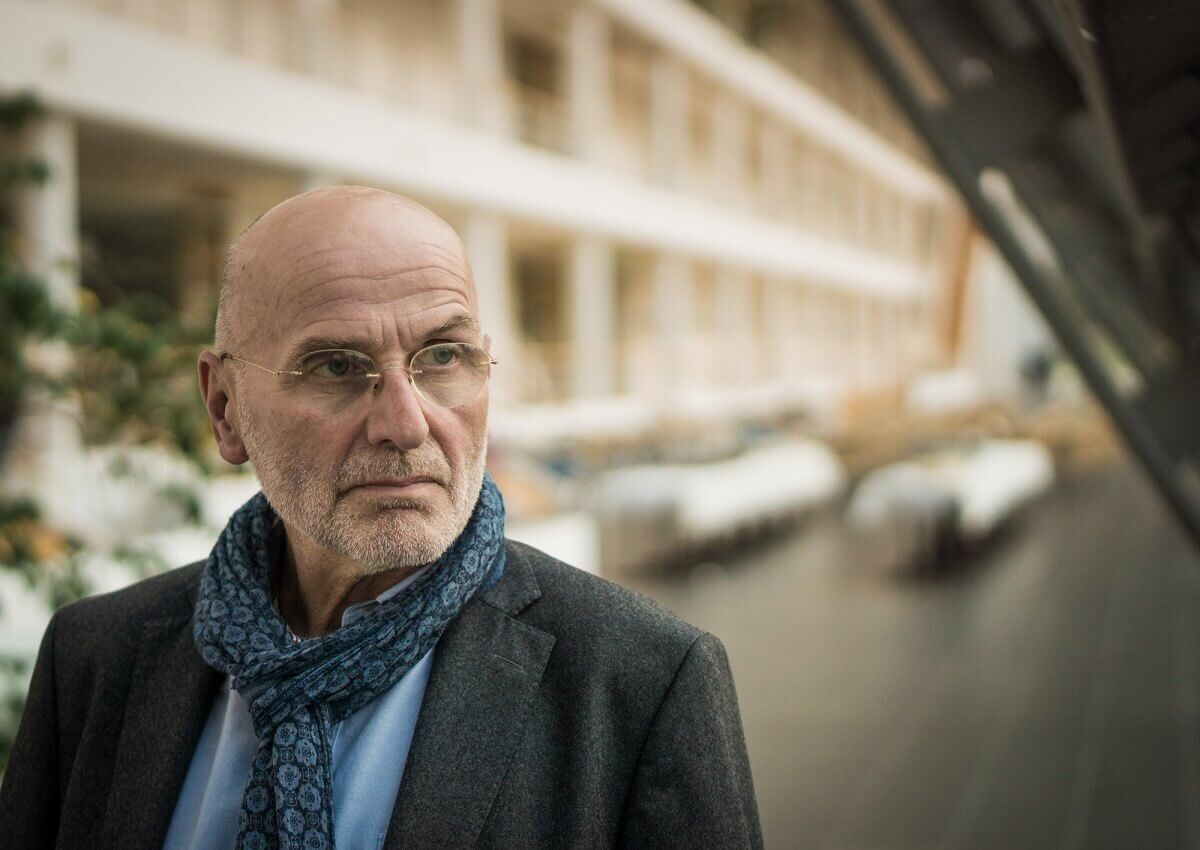
The Nordsternpark is one of the success stories. The park is dotted with mining leftovers, but it has been embraced by locals who flock to it with children and dogs on sunny days. There’s an amphitheater located near the canal, which hosts symphonic or rock concerts. In a spark of luck, a creative investor was found for the main shaft building, which has now been renovated to host not only office space but also allows visitors to summit the structure, where a massive statue of Hercules by the well-known contemporary artist Markus Lupertz stands colourful and naked. More office and factory buildings popped up around the shaft building, followed by restaurants and a hotel.
“The Hercules has been controversial. And please note that he has his back at Essen!” jokes Piwek. His comment points to a minor rivalry among the towns in the Ruhr region known only to locals. The end of coal mining forced them to be competitive with one another: in comparison to Gelsenkirchen’s 60 shafts in search of redevelopment, Essen and almost every other town in the region has tens more, most of which share similar characteristics. Inevitably, there’s been competition for investors.
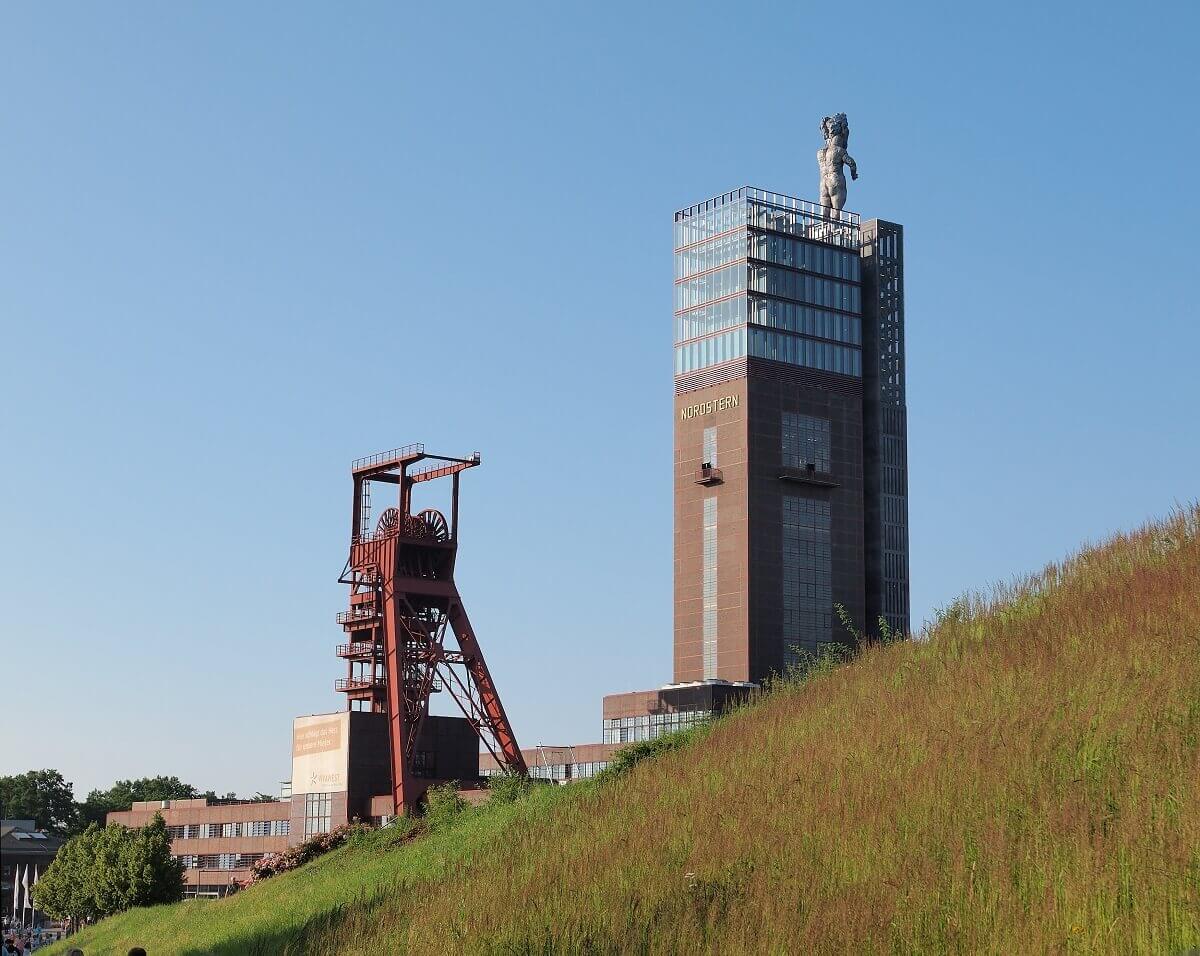
Most of the sites in Gelsenkirchen have been sorted: some of them in more spectacular ways, like the Nordsternpark, others less glamorously but still usefully, for example sites where biofuels are cultivated.
Our local companies have really developed expertise in industrial cleanup, a booming business here.
But there is still one site that gives Piwek headaches, even if he is no longer directly responsible for finding a solution: the compound of the former mine Zeche Westerholt to the northwest of Gelsenkirchen. Walking around the site, Piwek explains why it is hard to reprofile the place, which says a lot about how much effort it took to turn similar places into successes: for one, the buildings are massive and often just empty carcasses, lacking floor separation, which means they need to be radically rebuilt to be used; for another, the site has to be detoxified in order to be open for public use, and that costs money.
“We could sell property here for one euro,” Piwek said, “but it doesn’t mean anything because the investors have to be rich so that they can put loads of money into it before anything can be done with the place.”
“On some sites, it took 30 years to develop the technology necessary to detoxify the site,” adds Piwek. “But now our local companies have really developed expertise in industrial cleanup, a booming business here.”
Separated only by a narrow street from the mining site, rows of miners’ houses from the early twentieth century are in need of renovation. Some of them are still inhabited by old miners and are now included in a renovation project (a cooperation between Gelsenkirchen and neighbouring Herten) to cut energy consumption while preserving their architectural value.
In the yard of the first house opposite the pit, an old man who looks more than 90 years old, sweats under the weight of piles of dry, yellow leaves he is raking. In earlier times, he would have been sweating in the same way dragging bags of coal underground.
Andreas Piwek mentions that he comes from a family of miners, his grandfather migrating to Germany at the start of mining in the region from Polish lands when he was 18. Piwek’s father as well worked his whole life at the mines.
“Did your father agree with your work, preparing Gelsenkirchen’s post-coal future?”
“He never understood what I’m doing,” smiles Piwek.
Three generations encapsulate the history of coal in the Ruhr region.
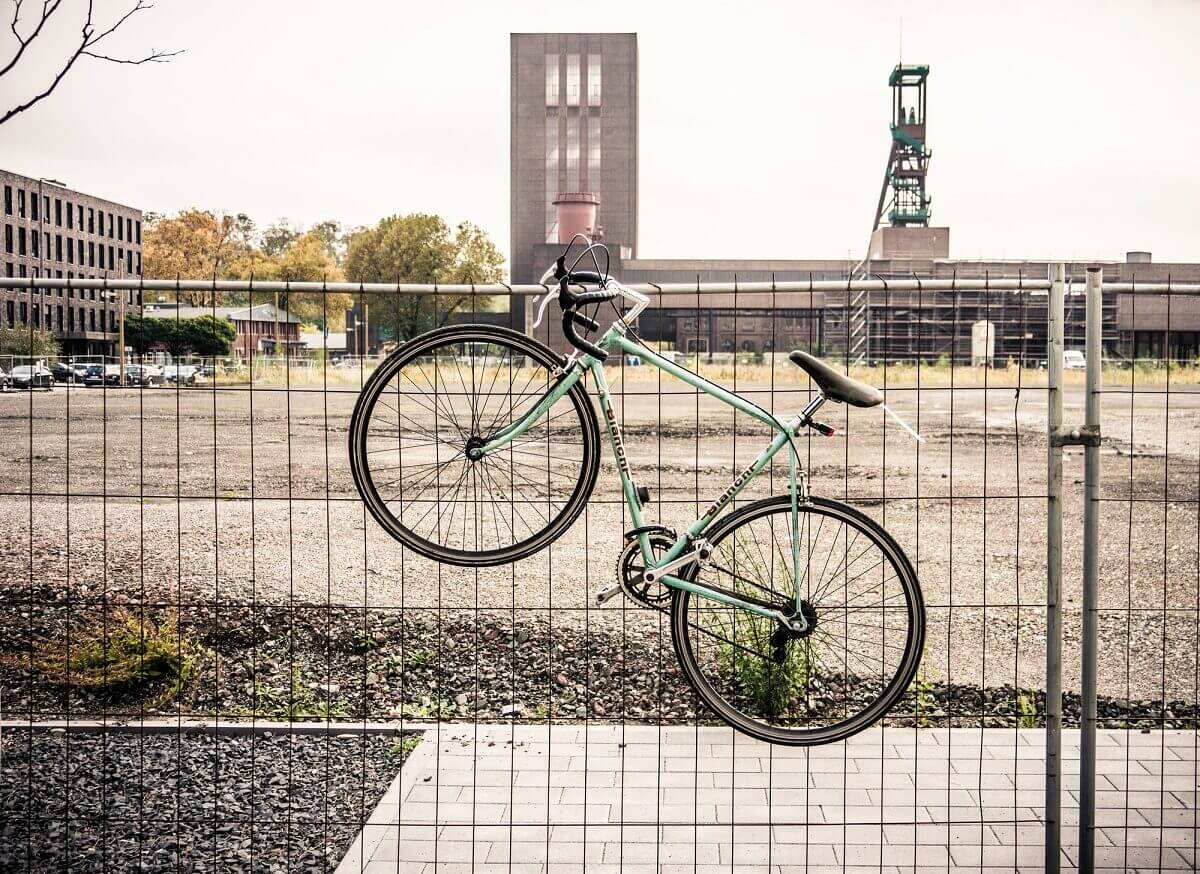
The end of coal
The last remaining working coal mine in the Ruhr region is located in the town of Bottrop, and it is set to close by the end of 2018, when hard coal mining will end altogether in Germany (though lignite mining is likely to continue for another two decades).
Coal was discovered in the Ruhr area in the middle of the nineteenth century. The booming coal and steel industries made this region the richest in Germany throughout the first part of the twentieth century. Its steel armed the German military during the world wars, and the coal fuelled the country’s post-war reconstruction.
In the Ruhr region, urban settlements followed the opening of new pits, which explains the decentralisation of the region. In the early twentieth century, the big industrialists would provide housing for the miners at the edges of the mines, accompanied by shops and other facilities, in order to keep their workers always at hand.
At the height of the coal industry in the 1950s, there were half a million mine workers in the Ruhr region. At the turn of the twentieth century, people from Polish lands came to work in the Ruhr mines (in 1907, a third of the population were migrants); in the 1960s, migrants arrived from south-eastern Europe, especially Yugoslavia, and Turkey.
Much of the workforce was unskilled. Notoriously, the Ruhr region had no university until the 1960s. It was thought a higher education was not necessary in the mines (or, perhaps, that it was unwise to educate the country’s richest region).
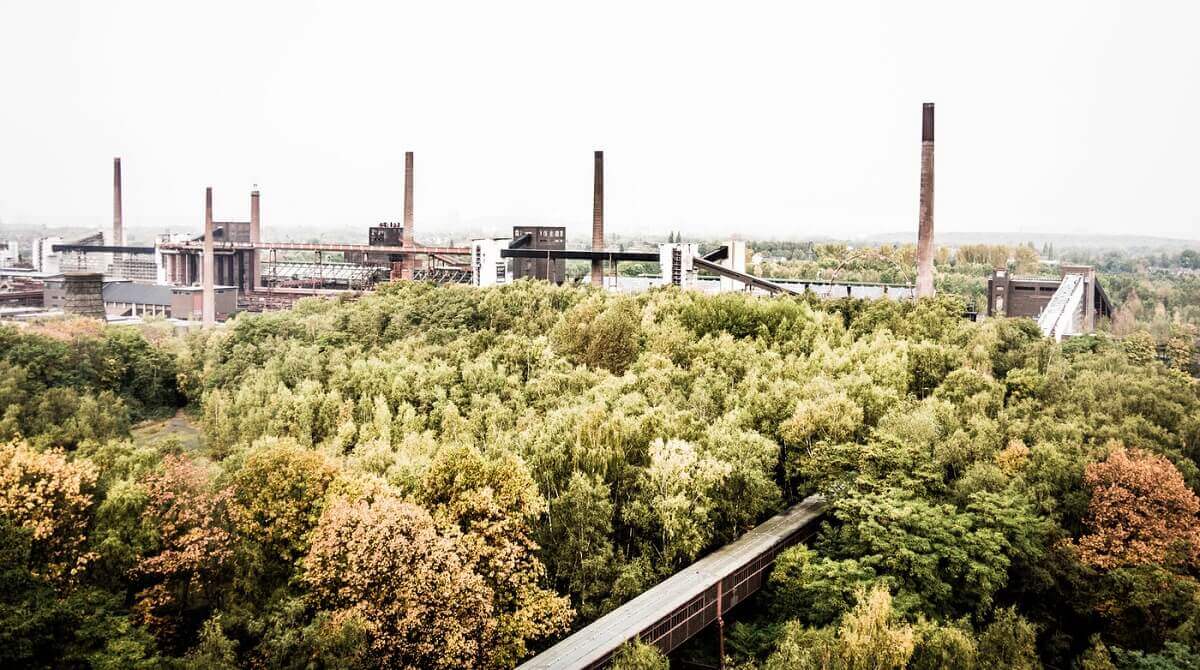
Like in other places in Europe, the first signs of the coal industry’s demise emerged as early as the 1950s with the arrival of cheaper and cleaner oil from abroad, rendering Ruhr coal uncompetitive (later there would also be cheaper coal from abroad). At the time, the main response was to prop up the industry with subsidies.
The thinking on how to modernise the region only changed in the 1980s-1990s, in part because the Green Party became a part of the regional government in the 1990s.
This change in thinking towards preparing for the post-coal world happened after the Club of Rome introduced the concept of ‘limits to growth,’ the talk of climate change increased, and in the context of Germany rejecting nuclear power in the 1990s: all of which pointed towards a cleaner energy future for Germany.
‘Money, money, money’
Massive funds were necessary to ensure the transition of the labour force, a large part of which was forced into early retirement, while others required retraining. If the coal and steel industries created about 720 000 jobs together in 1957, they amounted to just 60 000 in 2005.
The more decisions were made at the local and community levels, the better the solutions that resulted.
At the same time, the more decisions were made at the local and community levels, the better the solutions that resulted. One of the most successful initiatives to stimulate ideas for development was the Emscher River International Building Exhibition (IBA), which was a way to channel state and private funding to projects proposed by citizens, communities and local architects, resulting in many successful projects in the Ruhr region. It was neither the first nor the last programme promoted by the German authorities to transform the region, just the most visible one.
Gelsenkirchen – the city of a thousand suns
When the Gelsenkirchen Science Park opened in 1995, it benefitted from the great momentum created by a mix of political will at the central and regional levels, combined with money available from national and European sources.
The Science Park was meant as a hub for innovation, hosting both researchers and new businesses. Located in its famous and much-awarded glass-walled building on the site of a former steel factory, the Science Park was meant as ‘the symbol and catalyst’ for the region’s structural change.
Back then it was the largest photo-voltaic plant in the world, now it looks more like a museum.
Wolfgang Jung, managing director at the Science Park, remembers that the existence of a large glass industry in Gelsenkirchen was the starting point for the idea to develop solar energy in the town, building on the existing local expertise.
This lead the Science Park team to design what was then the largest rooftop photo-voltaic plant worldwide. “Back then it was the largest in the world with a peak capacity of 210 Kilowatt (kW) now it looks more like a museum,” comments Jung.
Indeed, on the roof of the Science Park, the old solar panels are still visible (and groups of children come from local schools to experiment with them), but they are being replaced with new ones from Asia.
The original dream in the 1990s was to turn Gelsenkirchen into a hub for the solar business. The town was successfully rebranded from ‘the city of a thousand fires’ (its moniker from coal times) to ‘the city of a thousand suns’. Local companies built a modular solar factory, and the energy firm Shell located a solar cell plant in Gelsenkirchen.
But the big solar dream did not come true, mainly because of the advent of globalisation and cheaper production of solar panels in China (with the irony that the Science Park now sources its own panels from there). Shell relocated and slowly, so did the other companies.
There is a clear sense of melancholy about what could have been in Jung’s account. But, in the end, he finds consolation in the fact that they contributed to the huge German solar power know-how: “it was German legislation on renewables that helped to bring down the costs of solar power production worldwide.”
Jung says the prices of producing photovoltaics are getting so low that he expects PV systems to become profitable without subsidies soon – a ‘second wave’ for solar energy in the Ruhr region’s industry might come any day now, he hopes.
Every third gearbox for wind turbines in the world is produced in North Rhine Westfalia.
In the meanwhile, the Science Park has refocused from the development of solar energy to being ‘a hub for planning urban redesign with renewable energy’. Here is where many of Gelsenkirchen’s numerous projects for ‘solar housing’ and ‘climate protection housing’ have their roots.
An increasing number of social housing projects are now built to passive housing standards with the support of the municipality. Private developers see the benefits too: according to Jung, renting in ‘solar’ or ‘climate protection housing’ is not only more economical for the tenants but tends to encourage them to keep their leases longer, as they feel they are a part of something bigger.
If solar power is big in Gelsenkirchen, elsewhere the Ruhr region has positioned itself as the ‘Mecca of the wind energy supply’. Using the traditional skills of mechanical engineering and plant manufacturing abundant in the region, the Ruhr area has developed a strong turbine production business – every third gearbox for wind turbines in the world is produced in North Rhine Westfalia. In another example, a Ruhr company that used to produce bolts for the mining industry now is a world leader in fastening and connecting components for wind-energy installations.
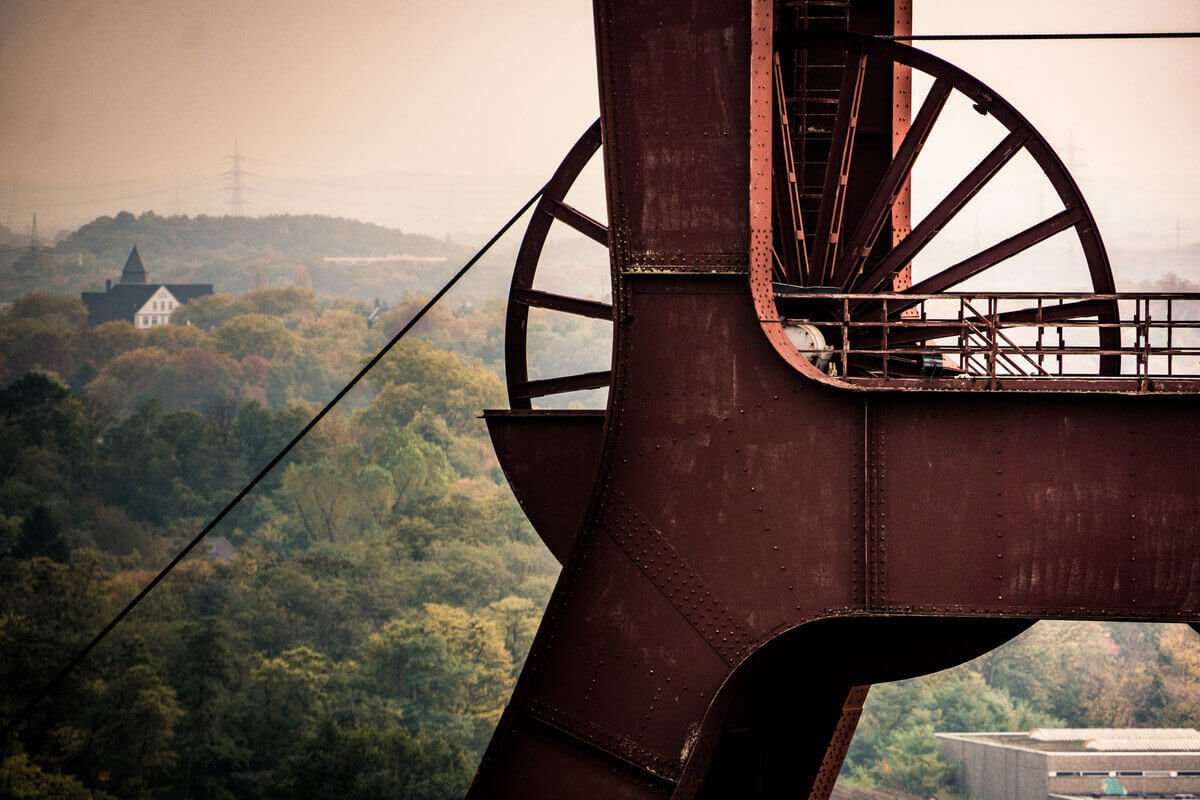
Pride of the Ruhr region: The Zollverein UNESCO World Heritage Site
The symbol of the Ruhr might as well be Shaft XII of the Zeche Zollverein mining complex, which has turned from a mining to cultural hub in large part thanks to the IBA programme.
Coal had been mined at Zollverein since 1851, but the pressure to make the business more efficient and competitive during the interwar period is what made the site historically and culturally-precious enough to warrant a UNESCO site today.
The mine’s owners were forced to invest in transitioning from manual labour towards automation. In 1932, the Zollverein Coal Mine Shaft XII was opened to produce and process 12 000 tonnes of coal per day and replace older structures. At the time, this was the largest and most modern colliery in the world. Close to 9 000 people worked underground, but only 200 were needed above ground because of the modern technology, which made the massive colliery structures seem empty most of the time.
Delia Bosch, a spokesperson for the Zollverein Foundation that now manages the site, explains that the IBA programme was key in generating and financing the project, in which she says at least 350 million euros have been invested, most of it from EU funds.
Built in the Brutalist style, Shaft XII’s spectacular architectural value and the fact that the original infrastructure of the mining complex had been kept intact were part of the impetus towards a protected status for the site. The Zollverein complex is now dubbed the ‘mining museum’ and hosts a museum of the Ruhr region in the coal washery.
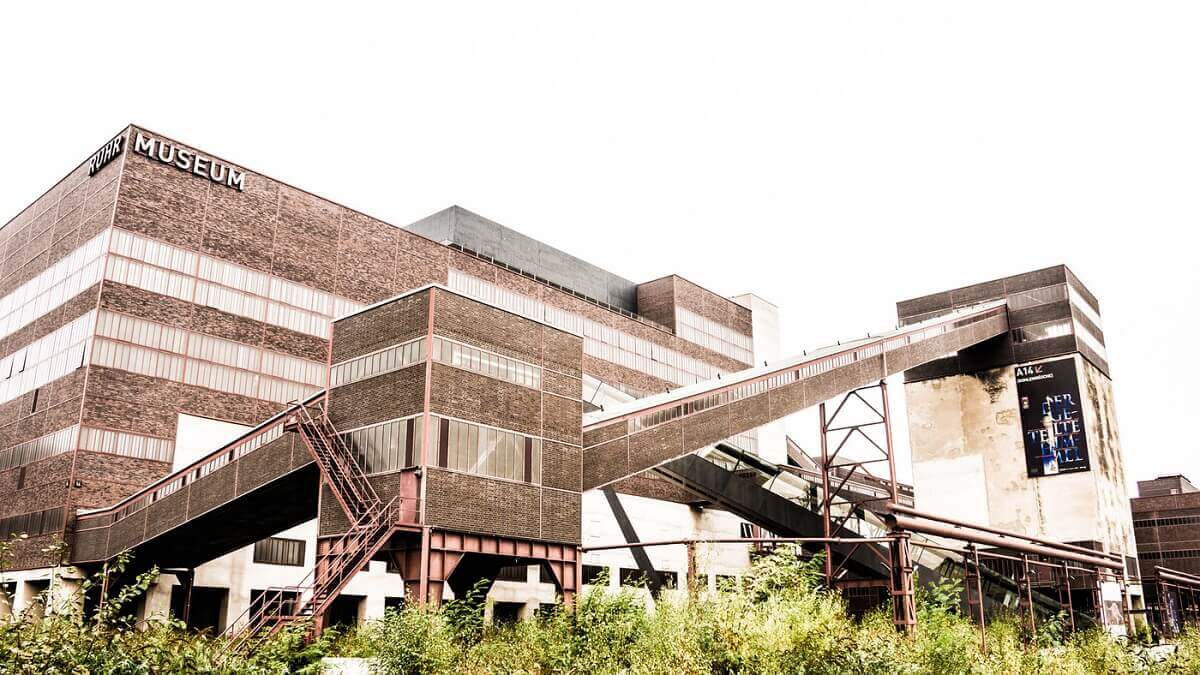
As Bosch explains, “you couldn’t have put all the mining buildings in the Ruhr under protection” – because they are too many and it is too expensive to maintain them as protected sites, as opposed to industrial or commercial ones – so Zollverein was in a privileged position.
While still mainly supported by public funds today, the Zollverein Foundation is working to make the site commercially viable. They’re developing the identity of the area as a design hub (a faculty of design was on site for some time and now has been replaced by a photography school) and as a host for company headquarters, especially from the event and industrial cleanup-businesses.
The most successful new businesses created in the Ruhr were the ones relying on the expertise found around it or grown from the opportunities provided by the economic transition itself for example, the logistics business was developed on the back of decades of experience with transporting coal and steel, and environmental cleanup and remediation design emerged in response to the need to return the old toxic sites to daily use.
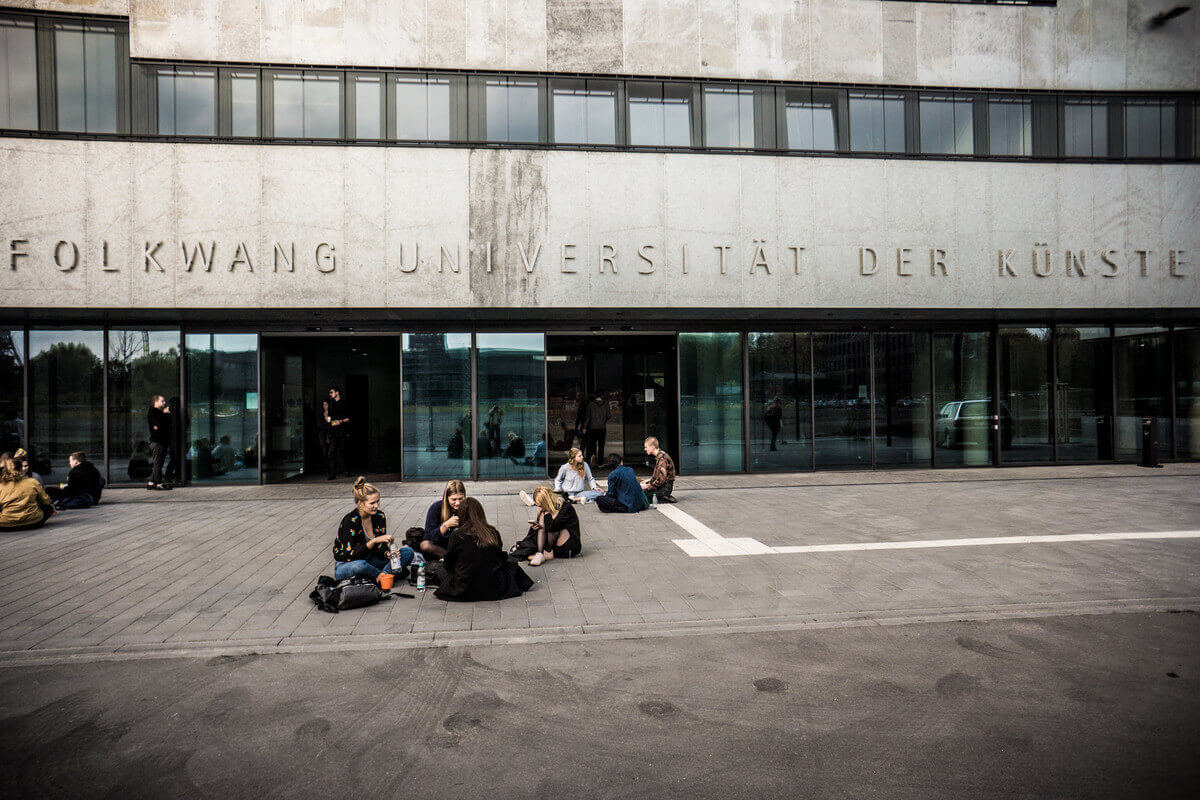
Major investments in infrastructure and the transformation of the region into a university centre since the 1960s have played an important role in this change.
The region has become one of Germany’s top locations for the green economy.
Nowadays, the most developed industries in the Ruhr region are chemicals, renewable energy production, logistics, environmental protection and clean-up and recycling. The tourism business is also well developed, with visitors attracted by the repurposed mining sites and culture trails.
Of the 330 000 people employed in the renewables sector in Germany, about a sixth are based in the Ruhr area. The region has become one of Germany’s top locations for the green economy.
Since the 1950s, about a million industry jobs disappeared in the Ruhr industry, and about a million service jobs were created. Less than 8 000 people still work in coal mining, and their jobs will go away.

The population has decreased, but not as much as to say that emigration has been a main strategy for coping with transition – most people have stayed behind and tried to readjust their lives.
The post-coal transition of the Ruhr region is generally considered a success and looked at as an example by actors involved in the just transition worldwide. But challenges remain.
Unemployment rates in the Ruhr region are higher than the national average (ten per cent in the Ruhr, compared to 5.5 per cent in the rest of Germany in September 2017). The problem is worse in places like Gelsenkirchen, which used to exclusively rely on the coal and steel industries, than in towns like Essen were the industry was more diversified throughout the twentieth century.
In a region that originally had a majority of unskilled workers, the globalised nature of industry has hit particularly hard. In Bochum, for example, there were attempts to refocus on car manufacturing, but auto companies would relocate after some years to cheaper production sites across the world. Even though it became clear that, in a globalising world, it’s the knowledge economy, innovation and services which can give hope to the Ruhr area, a region deprived of universities until the 1960s struggled to find well-educated workers that could drive growth in these sectors.
Historian Stefan Goch from Gelsenkirchen’s Institute for Urban History says the Ruhr region is ‘ten years before the rest of Gemany’ in terms of demographic trends: they have more older people and fewer incoming, and it is becoming expensive to support the ageing.
Like elsewhere in Germany, support for the far right is also on the rise.
Goch also points out that the Ruhr region has struggled to integrate the families of guest workers (Gastarbeiter) that stayed after work in the mines disappeared, particularly the Turkish, which is the largest community with the smallest rates of returning home. According to Goch, the first generation of low skilled workers never learned the German language, and their children did not have much opportunity for education so they built lives in a ‘parallel Turkish society’ – if the elderly are on comfortable pensions now, their children might be unemployed or on state support. It is only part of the third generation that now speaks German and receives higher education, giving hope for rising to middle class standards.
Challenges for the region persist, but the financial and political support have diminished. With Germany’s reunification, resources were diverted to the east. Goch’s adds, “Since about 2005 there are no more programmes to support the transition because the conservative leaderships at both federal and regional level did not like the politics of the red and greens.”
Like elsewhere in Germany, support for the far right is also on the rise.
‘How successful is the restructuring is a question of when it happens,’concludes Goch. The southern part of the Ruhr, where coal mining started earlier because it was easier to find (closer to the surface), started closing down pits earlier and benefitted more from the original money and guidance. In the north, the restructuring started later and did not benefit as much from the political momentum for change.
Goch flips through correlation graphs: if an area was mono-industrial, or if the coal business closed later, then all of the ‘bad indicators’ are present – more poverty, less education, worse health, shorter lifespans.
More information
Our resource section has more detailed reports and studies on the transition of the Ruhr region.
Resource people:
Stefan Goch
Social scientist and historian, University Bochum and the Institute for Urban History in Gelsenkirchen
stefan.goch AT gelsenkirschen.de
Sabine Rickelt
Project Manager, Wissenschaftspark / Science Park Gelsenkirchen
Wolfgang Jung
Senior Project Manager for Renewable Energy, Wissenschaftspark / Science Park Gelsenkirchen
Andreas Piwek
Head of Staff Unit for EU Affairs, Gelsenkirchen municipality
andreas.piwek AT gelsenkirchen.de
Delia Boesch
Communications Director, Zollverein Foundation
Benjamin Best
Wuppertal Institute
benjamin.best AT wuppertinst.org
![Political Critique [DISCONTINUED]](http://politicalcritique.org/wp-content/uploads/2015/09/Political-Critique-LOGO.png)
![Political Critique [DISCONTINUED]](http://politicalcritique.org/wp-content/uploads/2015/09/Political-Critique-LOGO-2.png)